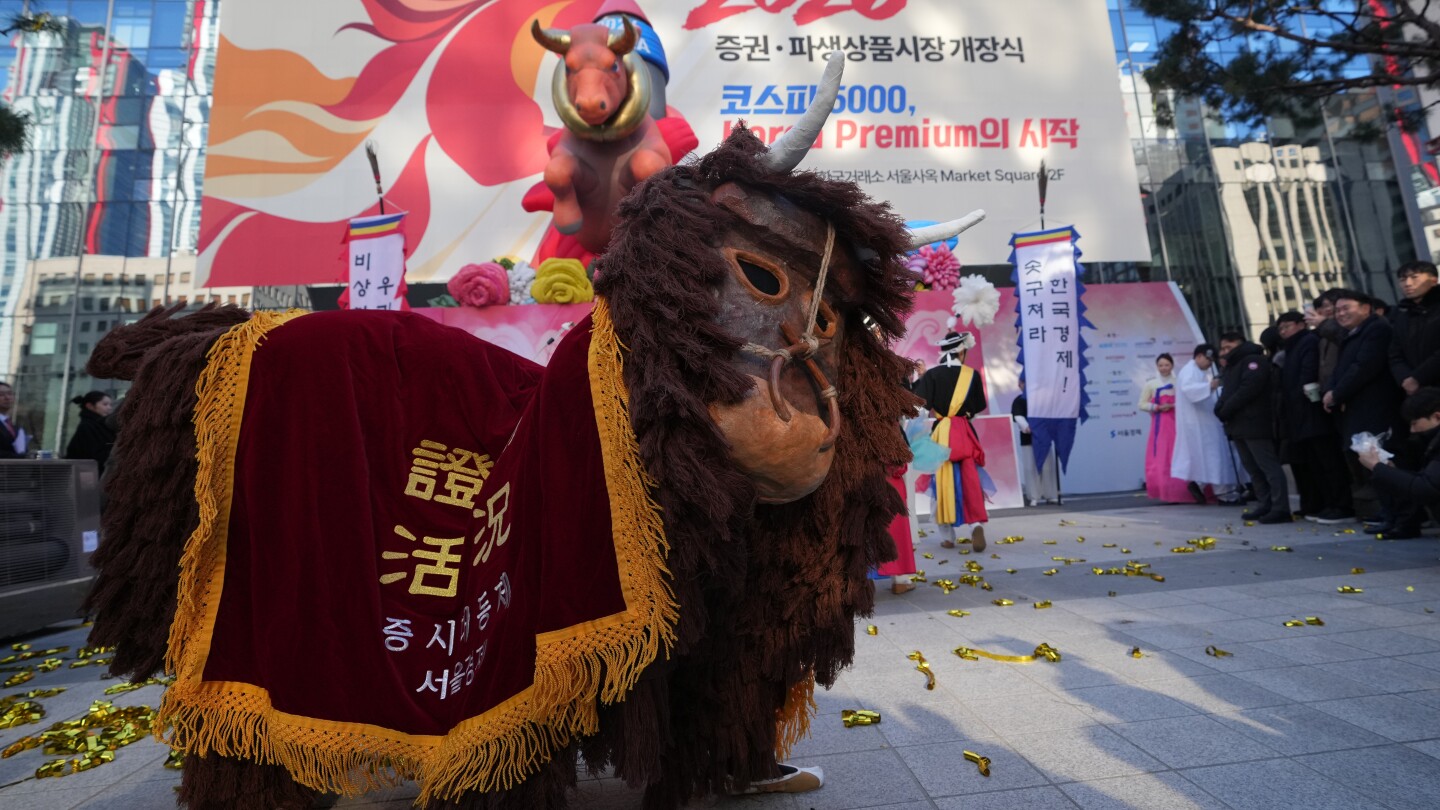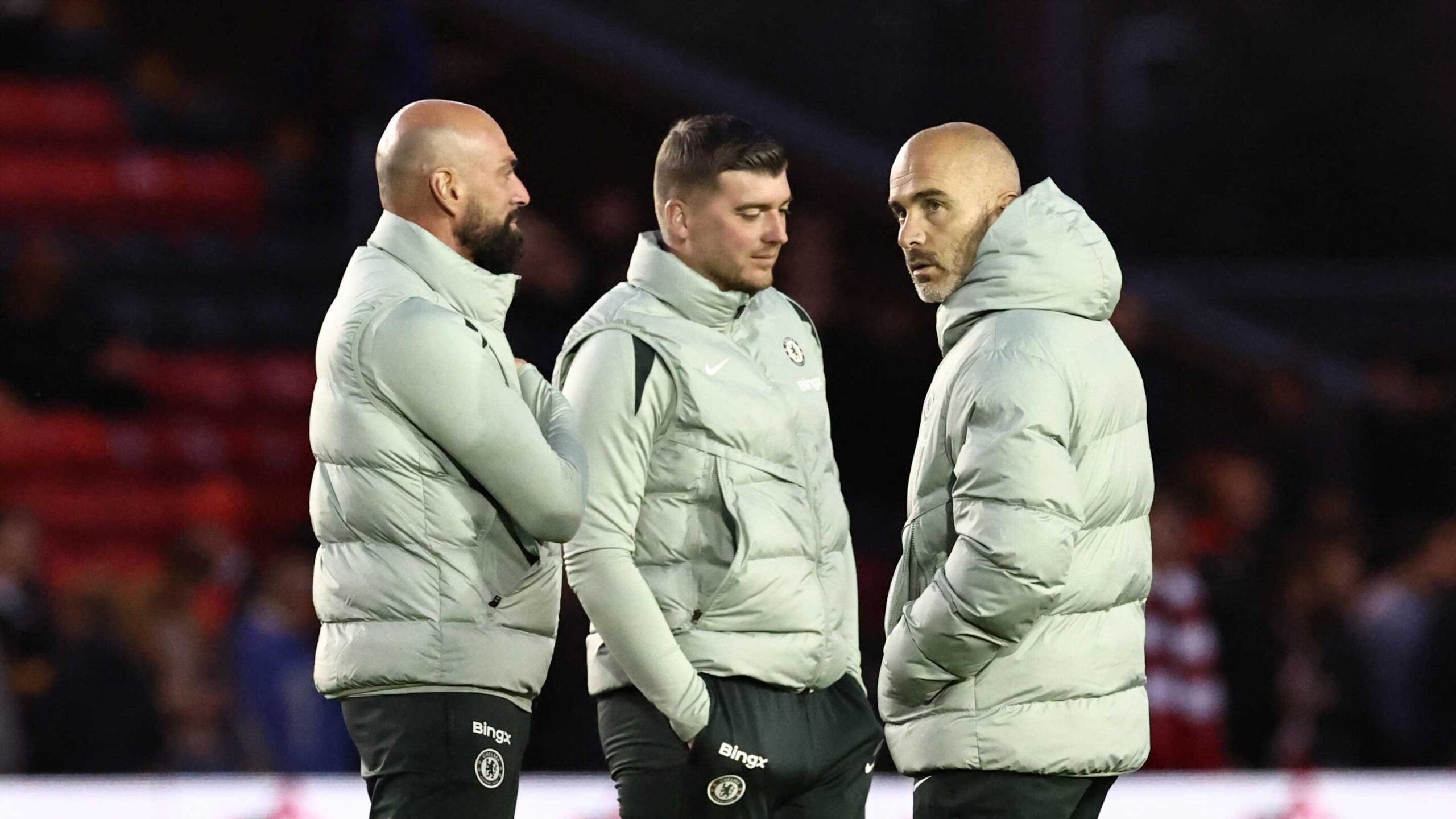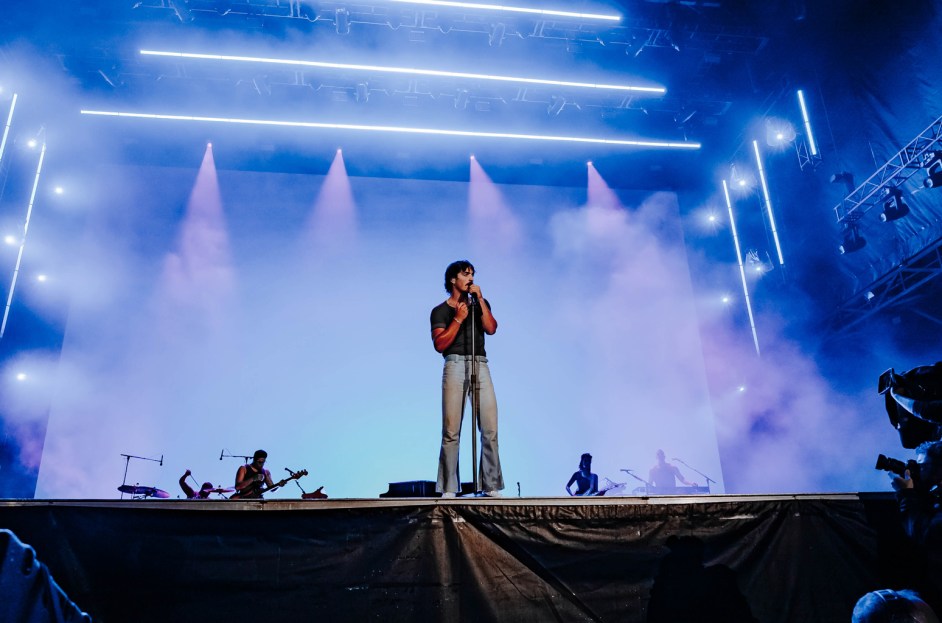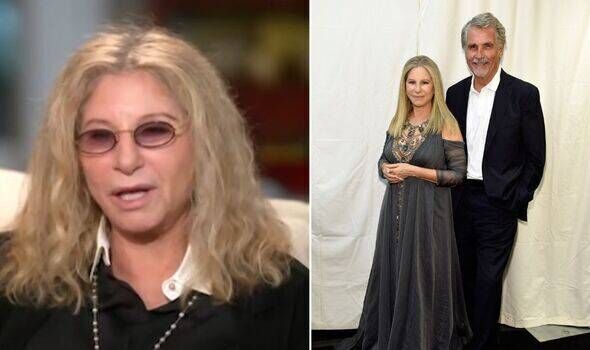Comic Book Industry Urged to Boost Leading Female Heroes
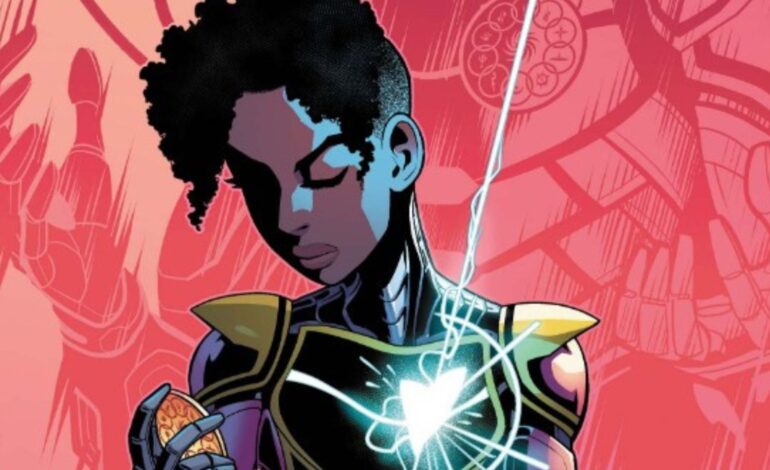
The comic book industry faces increasing calls to diversify its roster of superheroes, particularly by introducing more leading female characters. Despite the vast number of characters available, the presence of female heroes in prominent roles remains limited. This imbalance has sparked discussions about the need for a broader range of perspectives in storytelling, with many advocating for the inclusion of more original female leads.
While publishers like Marvel Comics and DC Comics have made strides in recent years, introducing characters such as Kamala Khan and Batgirl, the overall landscape still skews heavily towards male characters. According to industry reports, female-led series are statistically more likely to be canceled and often receive less promotional support compared to their male counterparts. This disparity raises questions about the sustainability and potential of female heroes in a predominantly male-driven market.
Challenges of Legacy Characters
A contributing factor to the underrepresentation of female heroes is the reliance on legacy characters. These characters inherit their names, powers, or roles from established male figures, which can limit their individuality and development. For instance, Supergirl follows in the footsteps of Superman, and She-Hulk is based on the iconic Hulk. While these characters have evolved over time, their origins often tie them to male predecessors.
The use of legacy characters may indicate an unwillingness to take risks with new narratives. For instance, Kamala Khan successfully adopted the mantle of Ms. Marvel after Carol Danvers became Captain Marvel, proving that a fresh perspective can resonate with audiences. However, many legacy characters are met with skepticism, as fans may view them as temporary replacements rather than standalone heroes. This perception can hinder their acceptance and limit their potential impact.
The Demand for Original Female Leads
Despite the emergence of notable heroines, original female leads remain rare in comic series. Statistics show that male-led series consistently outnumber those featuring women. For instance, while Wonder Woman is a flagship character for DC and part of the Trinity alongside Batman and Superman, she has not received the same level of attention in other media forms, such as television or video games. This disparity highlights the challenges female characters face in gaining equal footing in a competitive landscape.
The industry must acknowledge that introducing new characters with unique backstories can invigorate the comic book universe. Fresh narratives can provide new motivations, complexities, and conflicts, enriching the storytelling landscape. By allowing female superheroes to take center stage, the industry stands to benefit from a broader array of stories that resonate with diverse audiences.
As the conversation surrounding representation in comics continues, fans and creators alike are encouraged to push for more leading female heroes. With the right focus and commitment, the comic book industry can cultivate a landscape where all characters have the opportunity to shine, ultimately benefiting both the narratives and their readers.

